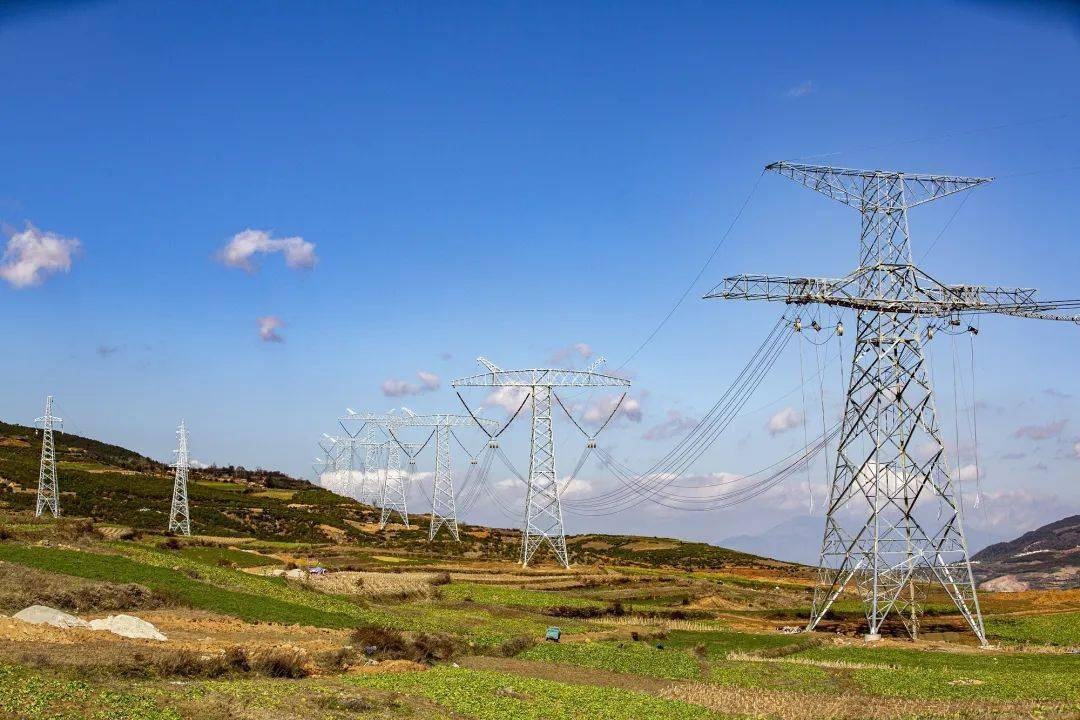
The Federal Reserve's July interest rate meeting was held, and the signal of a rate cut in September became the focus. Recently, the global financial market's attention has once again focused on Washington D.C. as the Federal Reserve's July interest rate meeting was held as scheduled. At this meeting, the outside world generally expected that the Federal Reserve would keep the current benchmark interest rate range unchanged, but what was more concerned was whether the Federal Reserve would send a clear signal of a rate cut in September.
The recent performance of the US economy has been mixed, which undoubtedly adds to the complexity of the Federal Reserve's policy decisions. The improvement in the trade situation may lead to import tariffs being lower than expected, which should have been a positive signal. However, the current tariff level remains high, which directly pushed the overall consumer inflation rate in June to a new high in five months. The rise in inflation has once again raised concerns among policymakers about the risk of an inflationary spiral. Meanwhile, the labor market and consumer demand remained relatively stable. Although the non-farm payroll data cooled down somewhat, it still maintained a growth rate of over 100,000. The number of initial jobless claims was also at a historically low level, and retail sales growth returned to normal.
Against such an economic backdrop, there has been a clear divergence within the Federal Reserve regarding the policy path for the second half of the year. The pricing of federal funds rate futures indicates that the probability of a rate cut this week is less than 5%, making the September interest rate meeting a key juncture for a policy shift. Another major highlight of this meeting is whether there will be any opposing votes during the voting process. According to Nomura Securities' analysis, Federal Reserve governors Waller and Bowman may vote against it. If so, this will be the first time since 1993 that the Federal Reserve has received two opposing votes.
Regarding the future policy direction, the views of various institutions are also diverse. Wells Fargo predicts that the Federal Reserve will cut interest rates once each at its September and December meetings and is closely monitoring potential forward guidance. Former Federal Reserve economist Ronado predicted that Powell might indicate that September is a "live meeting" where a rate cut is possible, but this decision will be highly dependent on future economic data. However, Barclays and ING hold a more cautious view. They believe that the interest rate cut in September might be too hasty. The rise in inflation and the stability of the job market both make it difficult for the Federal Reserve to act easily. These two institutions are more inclined to believe that the possibility of a rate cut in December is relatively high. However, even so, there is still considerable uncertainty regarding a rate cut in December.
Amid such differences and uncertainties, the decisions of the Federal Reserve will undoubtedly have a profound impact on the global economy. Interest rate cuts are usually regarded as a means to stimulate the economy, but in the current situation where inflationary pressure still exists, interest rate cuts may further exacerbate the inflation problem. In addition, interest rate cuts may also have a chain reaction on global capital flows, currency exchange rates and the policies of central banks around the world.
Therefore, in its upcoming decisions, the Federal Reserve needs to weigh various factors, taking into account both the need to stimulate economic growth and the intensification of inflation risks. The market will also closely monitor every move and statement of the Federal Reserve, attempting to speculate on the future policy direction and possible economic trends from them.
Overall, although the Federal Reserve's July interest rate meeting kept the benchmark interest rate unchanged, the various speculations and differences about the signal of a rate cut in September released have been sufficient to generate rich associations and expectations in the market. In the days to come, we will continue to pay close attention to the decision-making trends of the Federal Reserve and their profound impact on the global economy.

报告显示,中国电力投资加速增长,预计2024年电网基建投资将超过5300亿元。
近日,市场迎来了一则引人注目的消息:工业巨头3M公司(MMM.N)在本周五公布了其季度业绩报告,随后股价飙升至近两年来的
最近,外媒给OpenAI算了笔账,今年可能要血亏50亿美元。
近日,巴黎奥运会和世界铁人三项协会联合发布了一项重大决定,宣布因塞纳河水质污染问题,原定于近期进行的奥运会铁人三项首次下
当地时间7月18日,法国巴黎发生了一起令人震惊的持刀袭警事件。
近期,一则重大消息在国际舞台上引起轩然大波,马来西亚宣布加入金砖国家。
调查发现,互联网和智能手机的使用干扰了韩国近五分之一学生的生活。